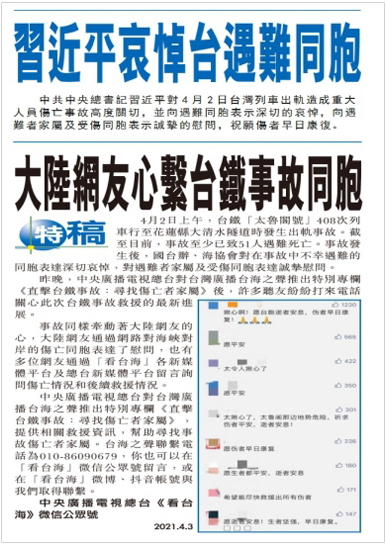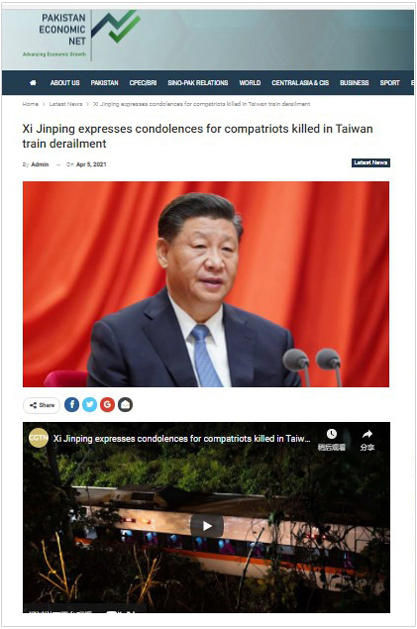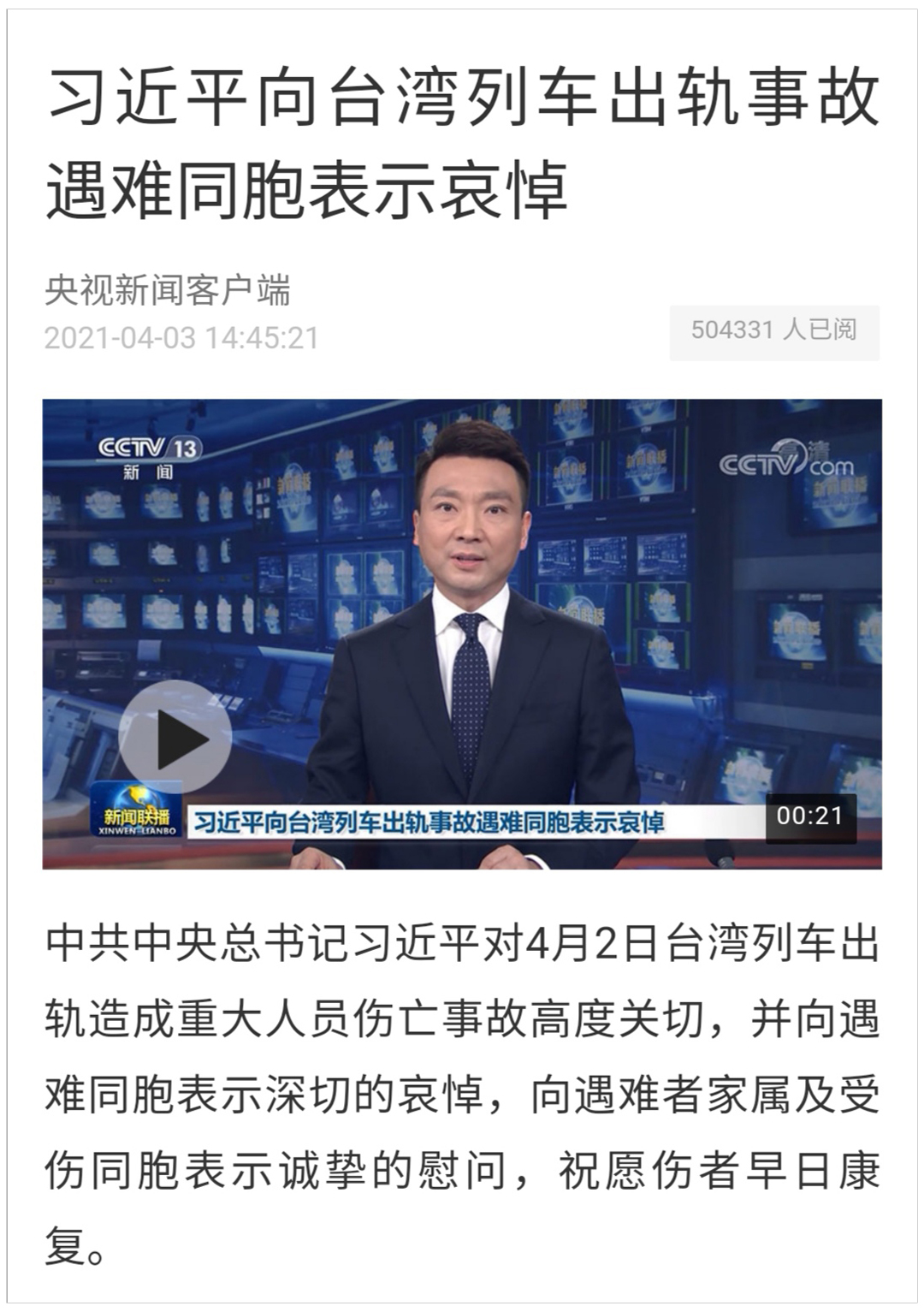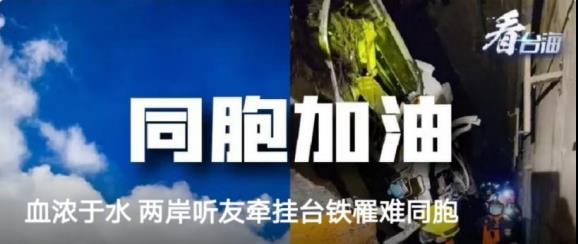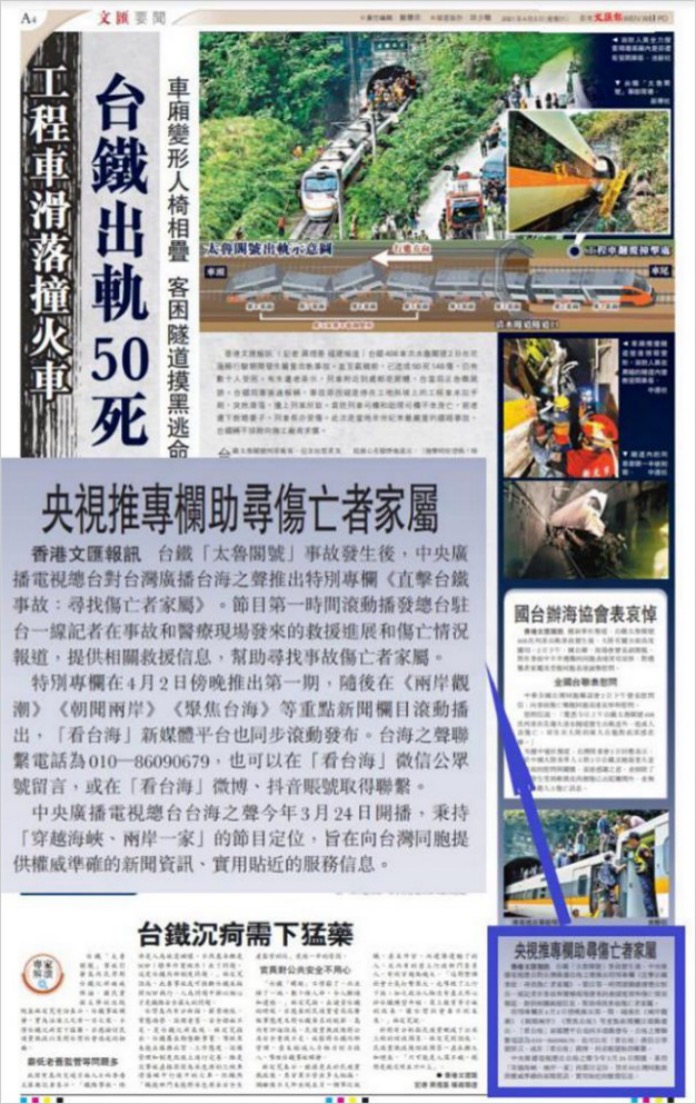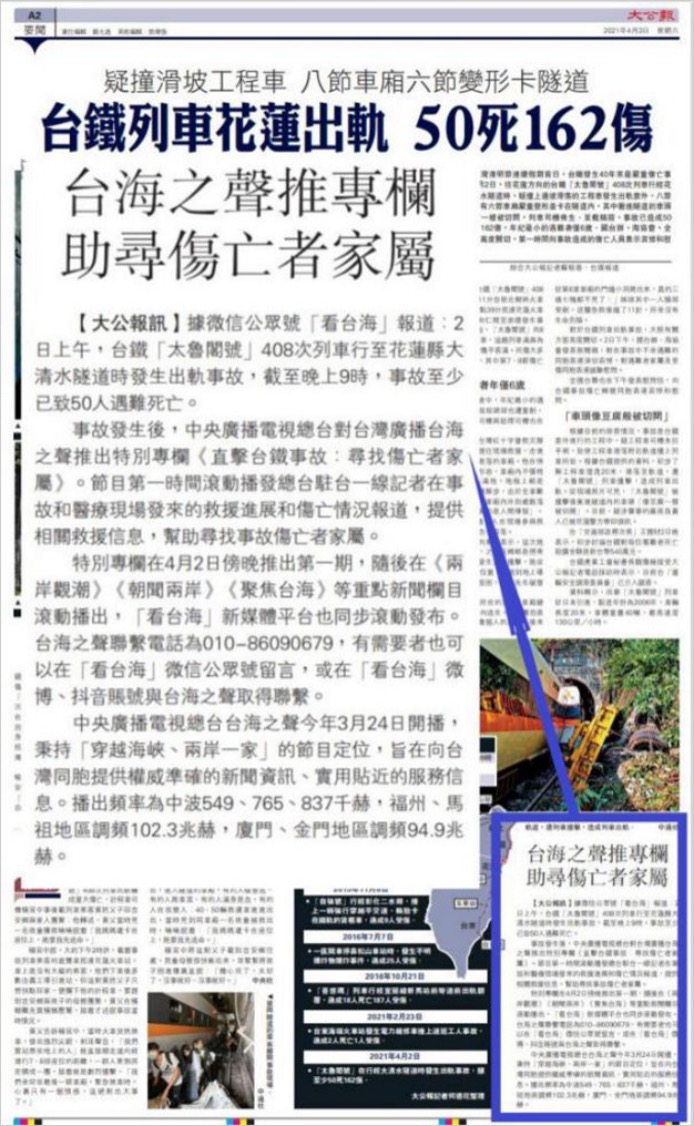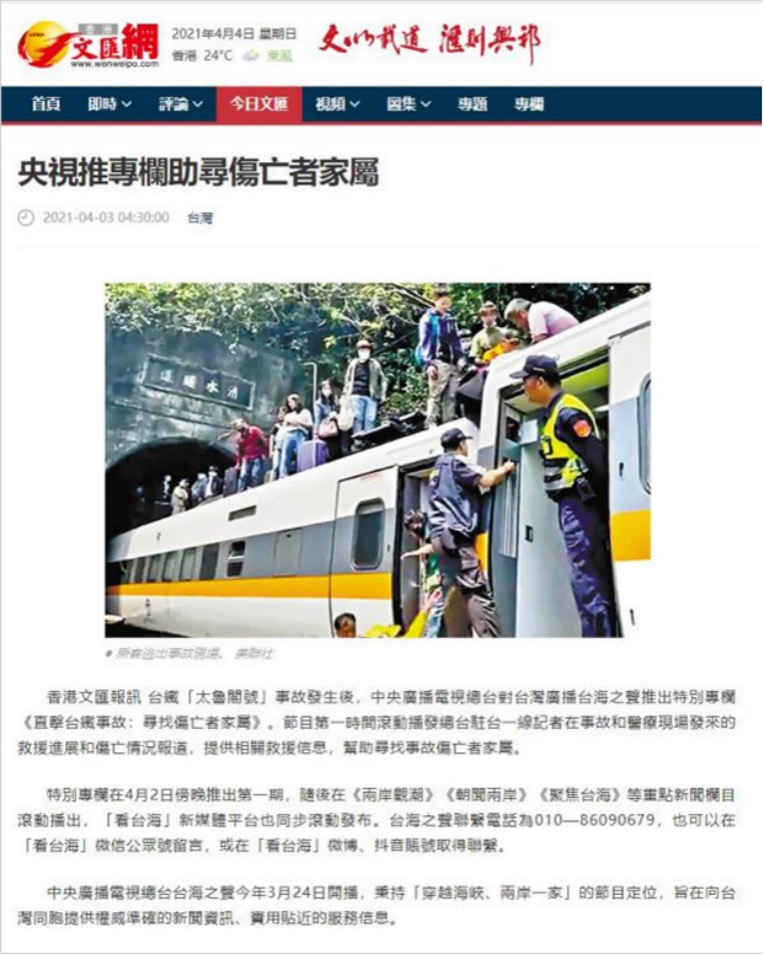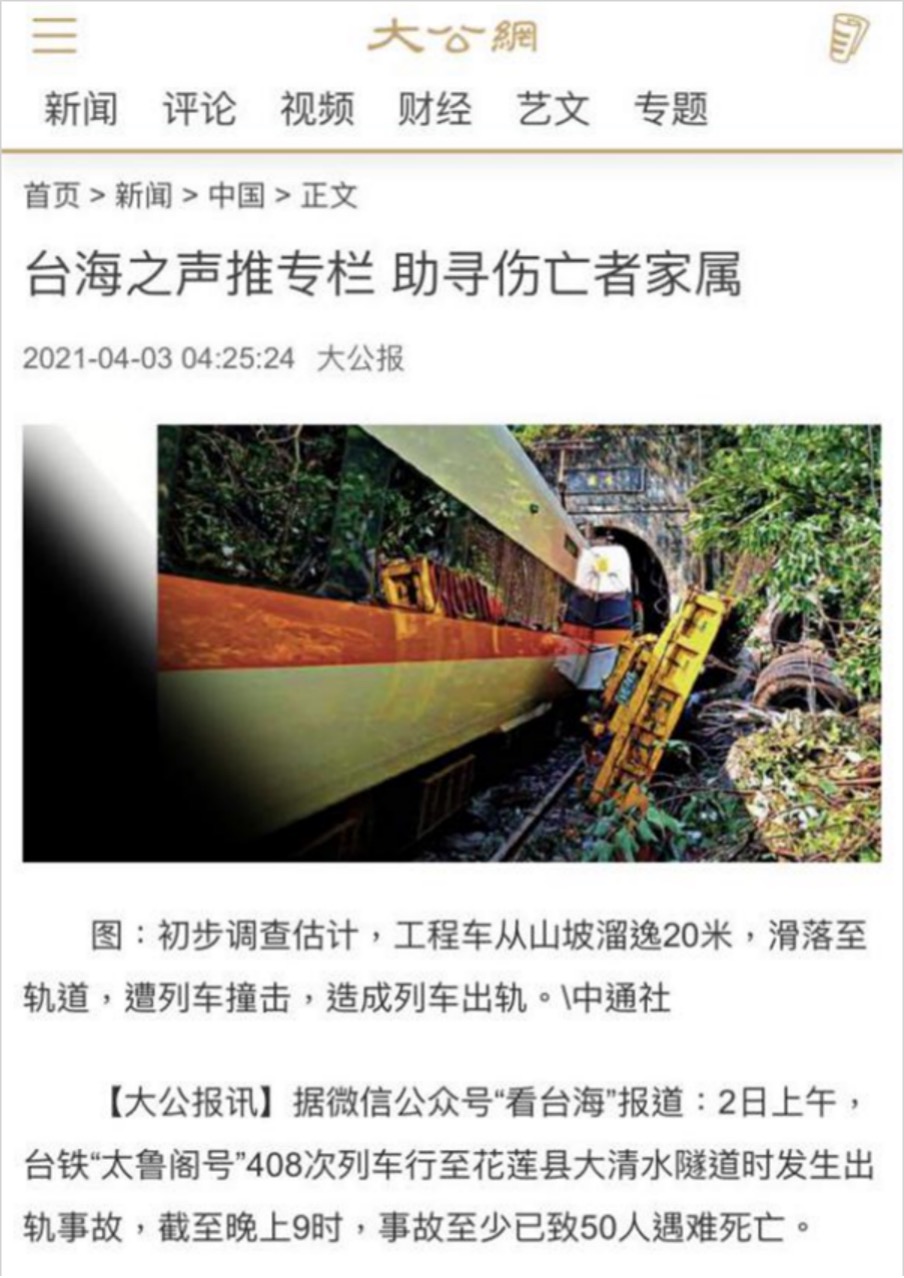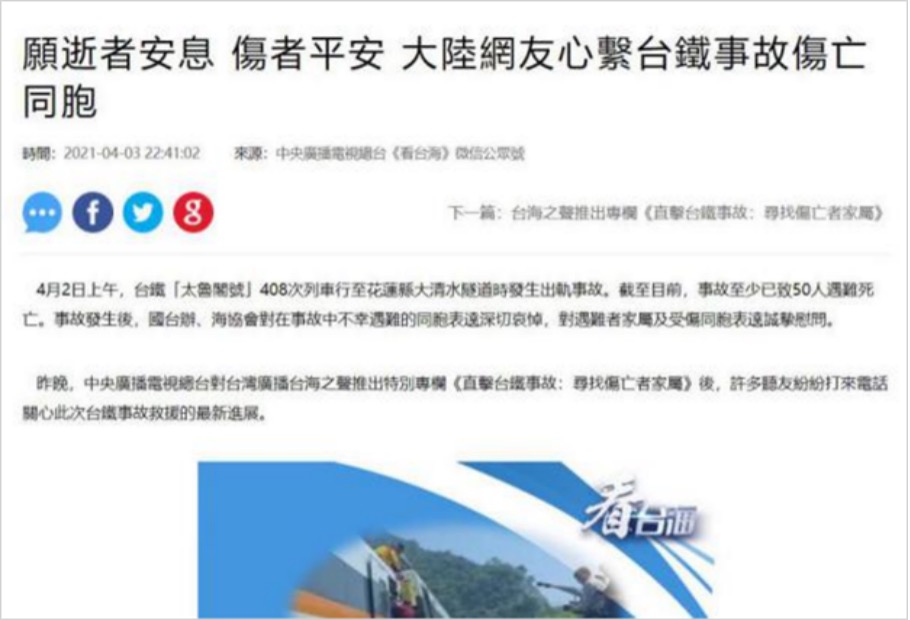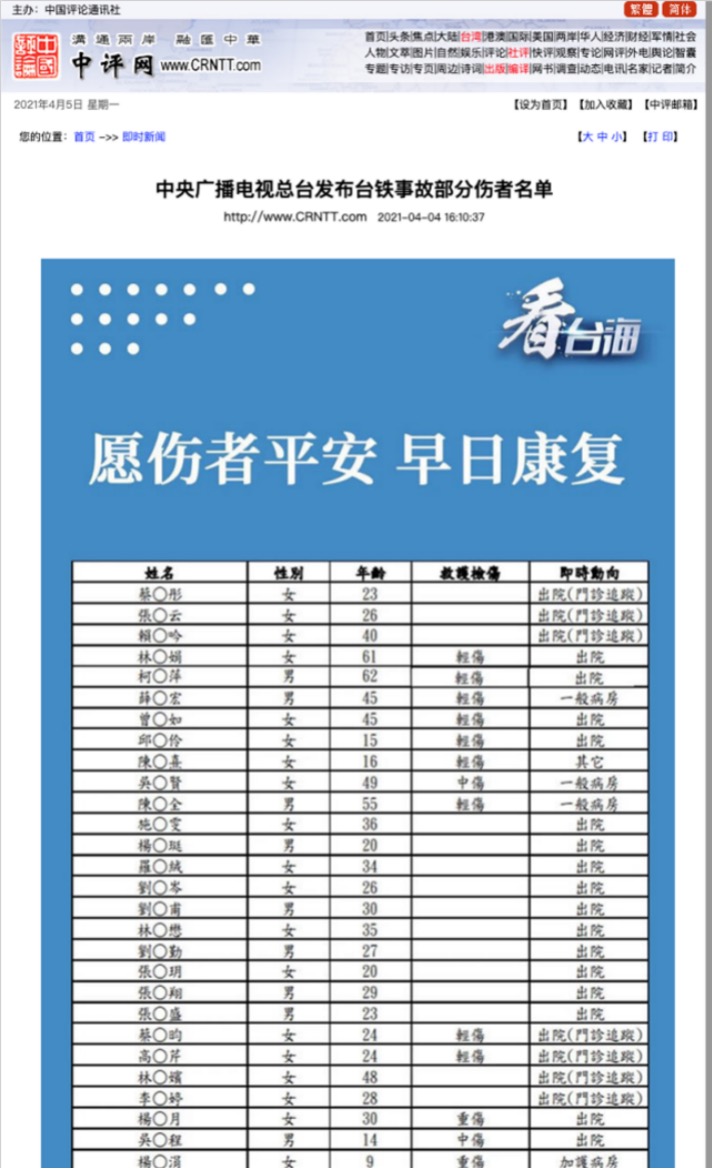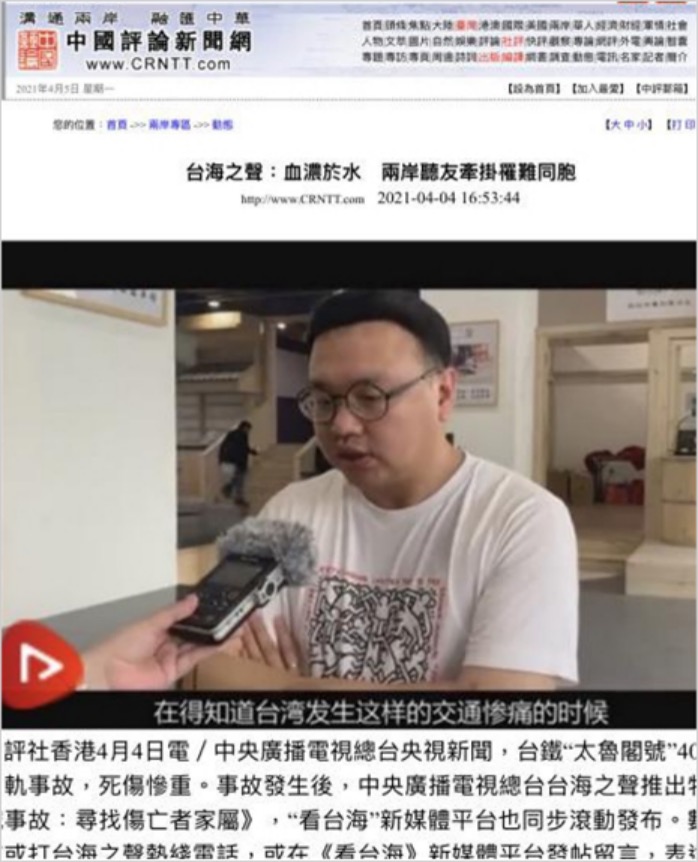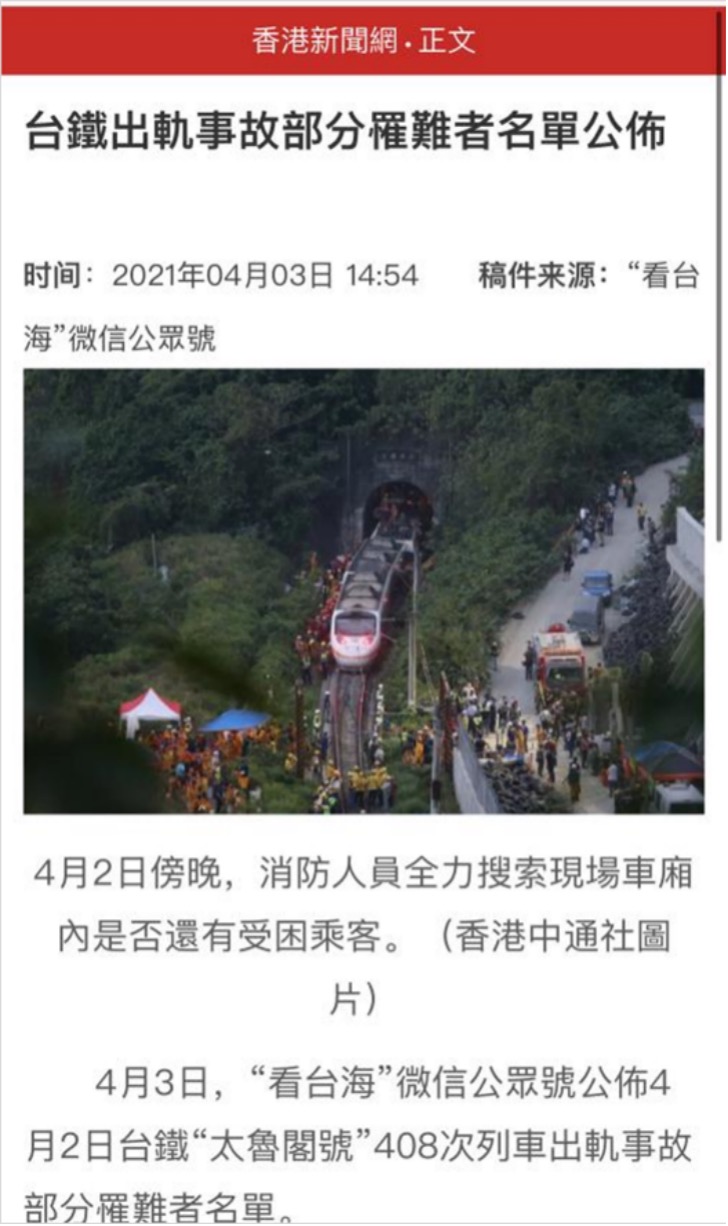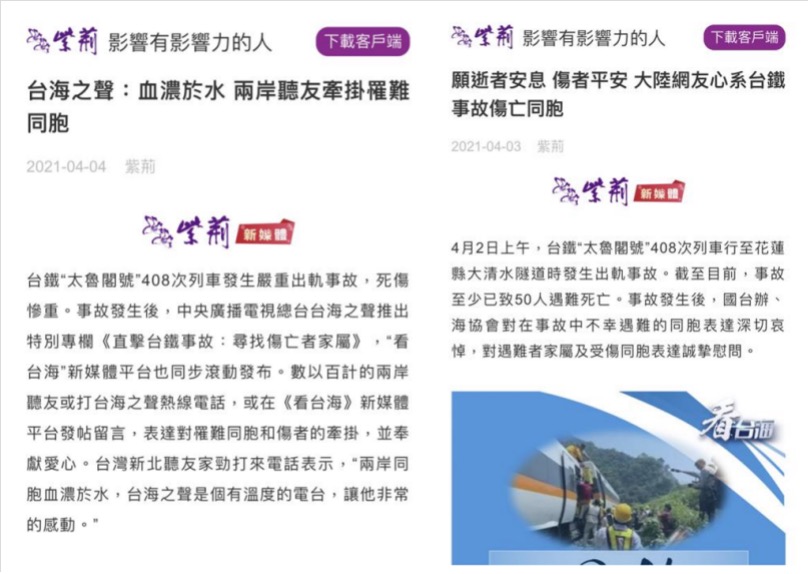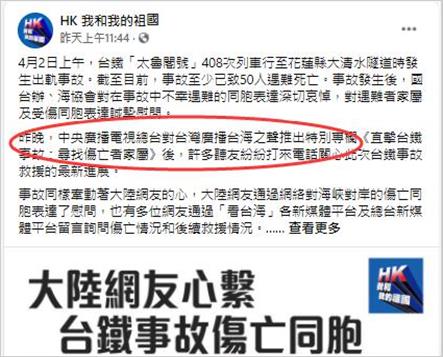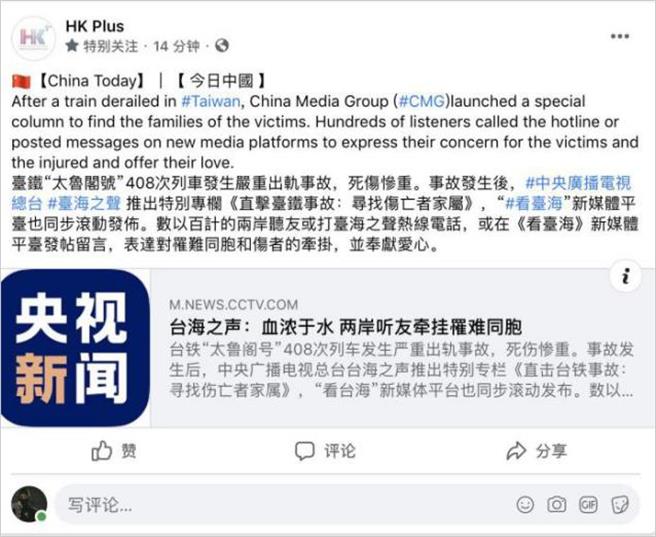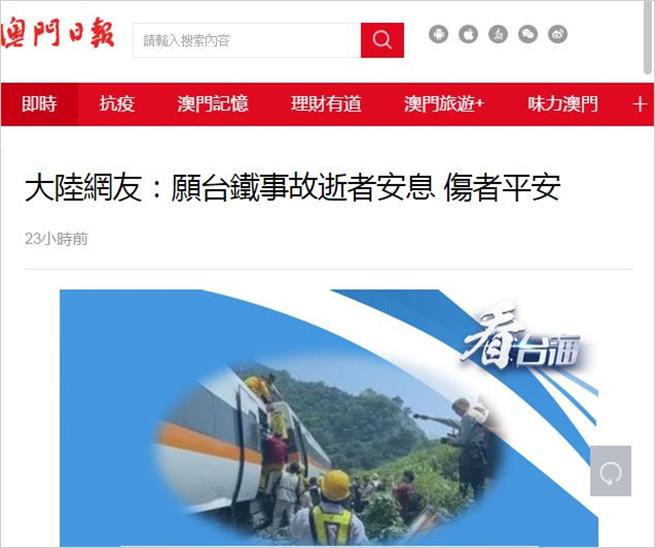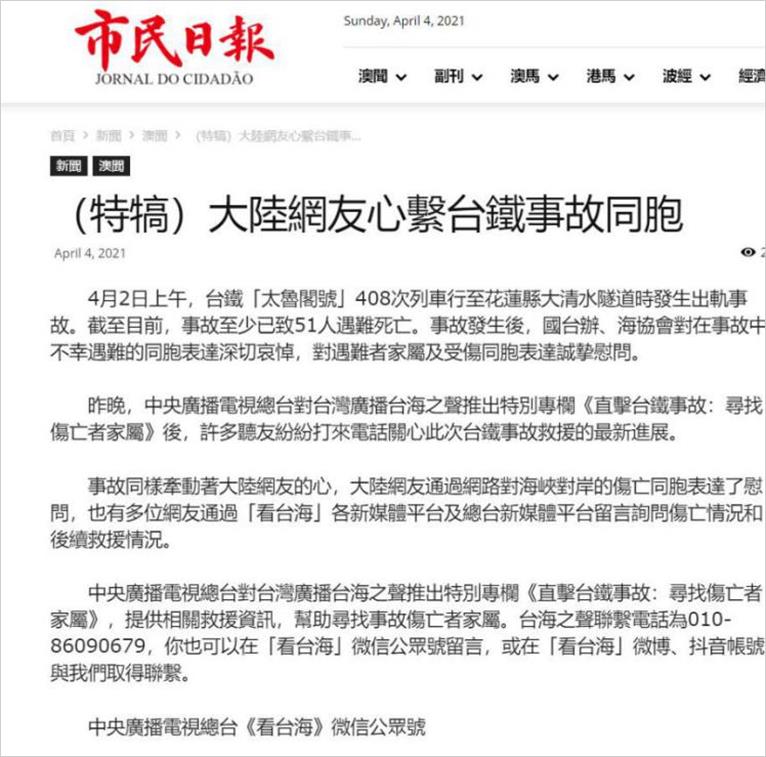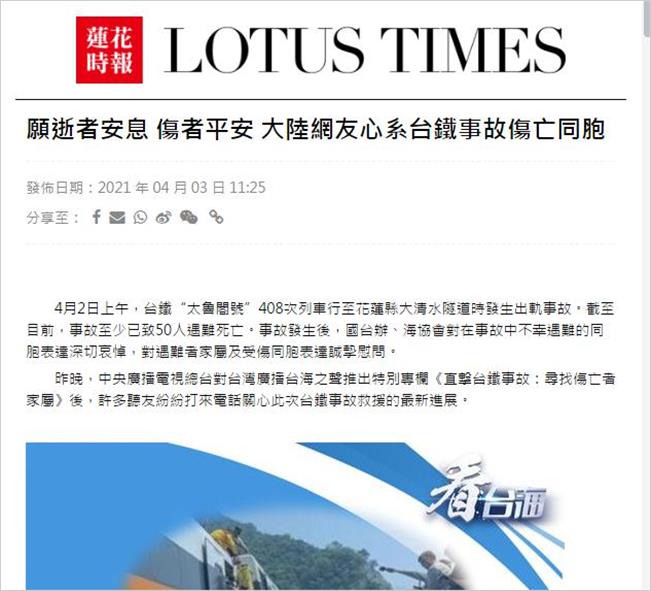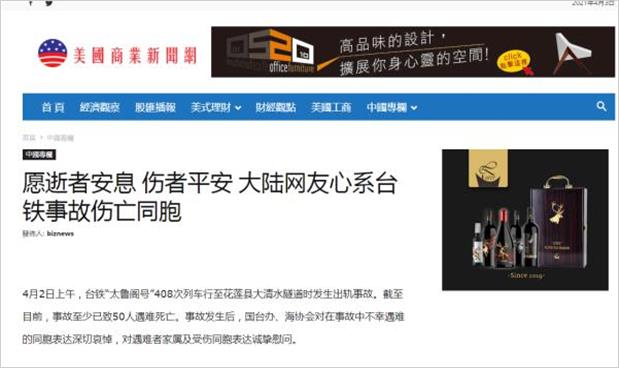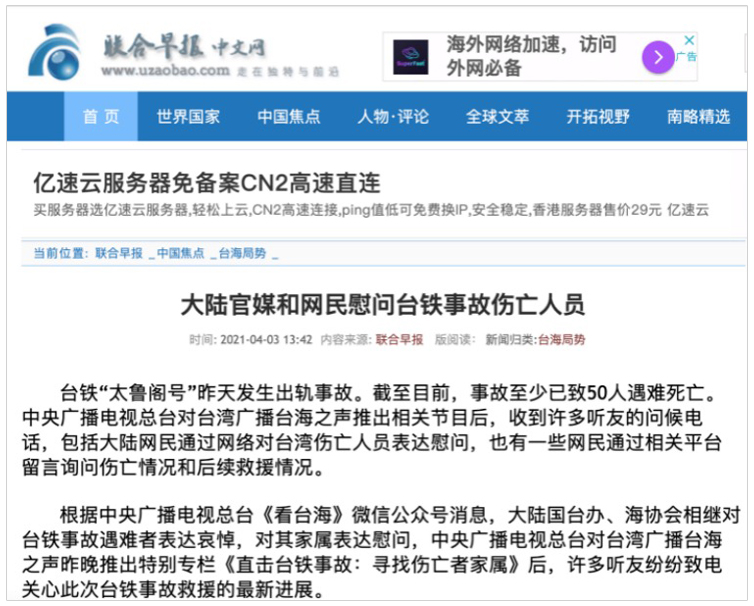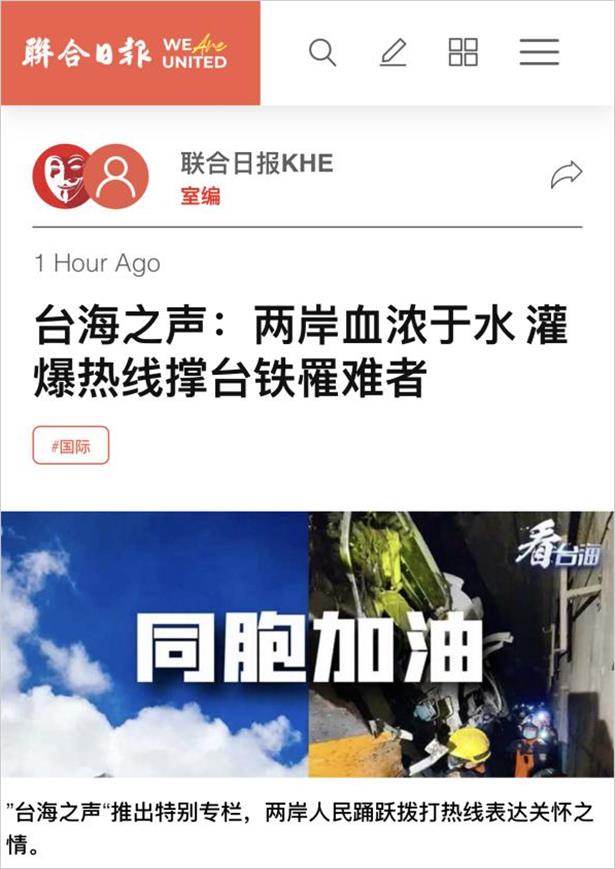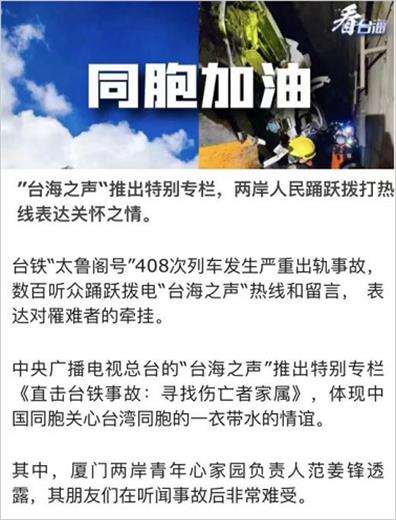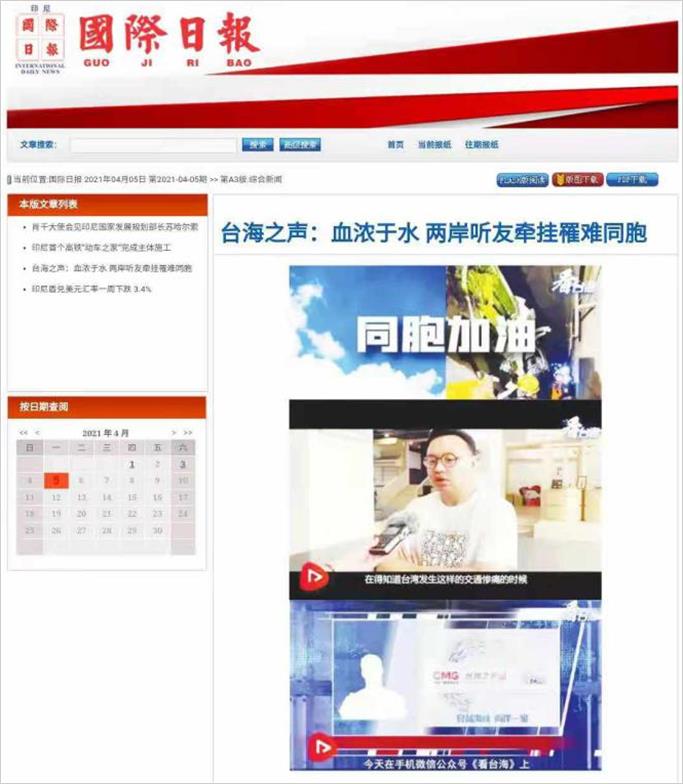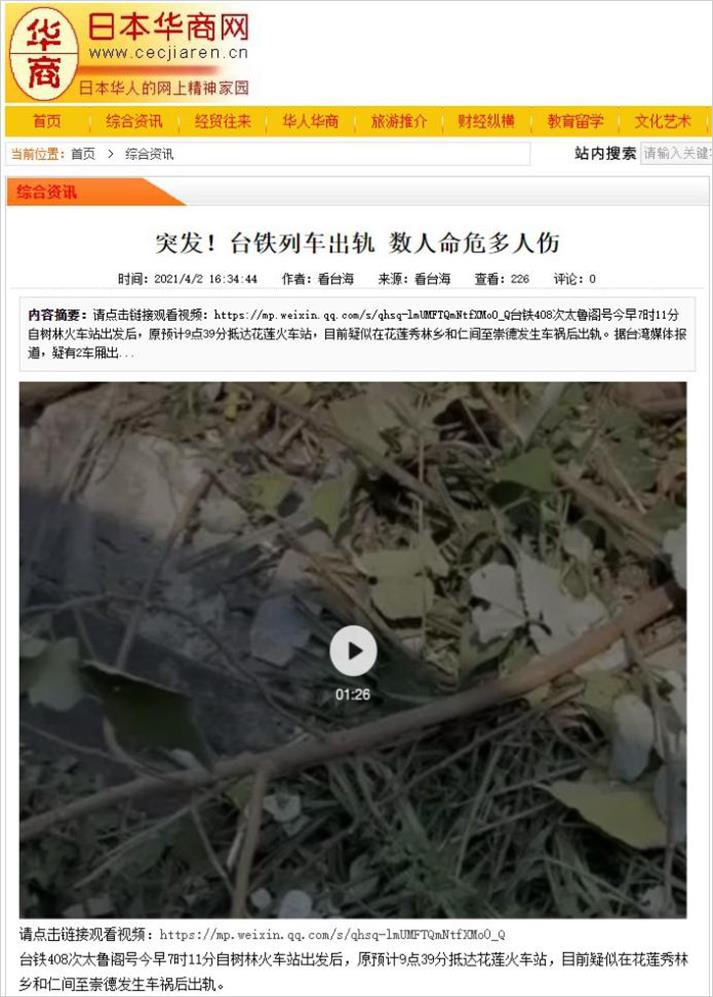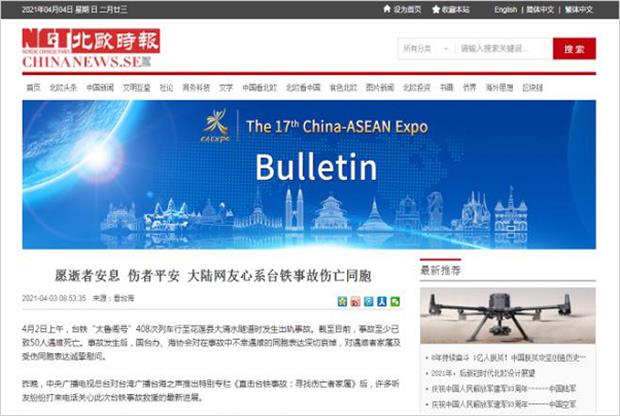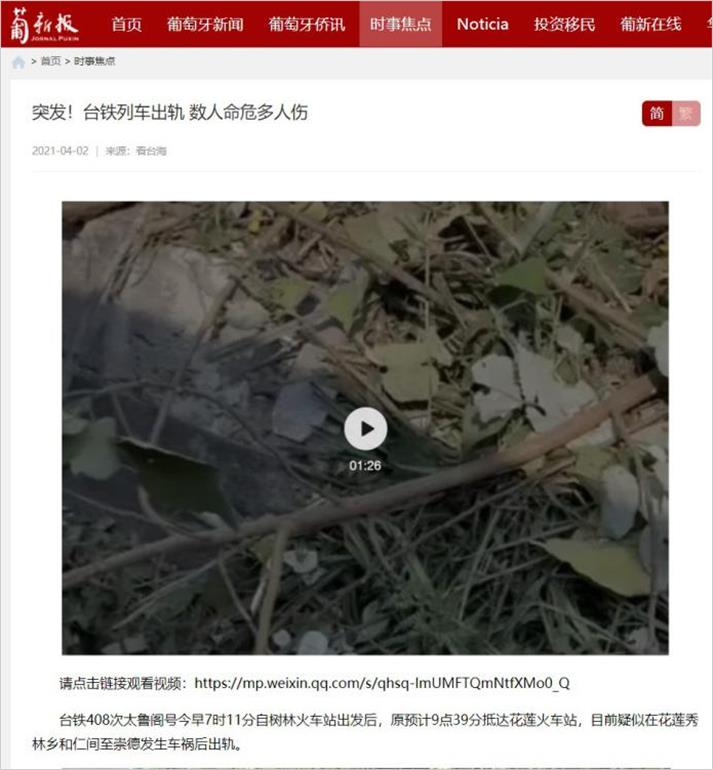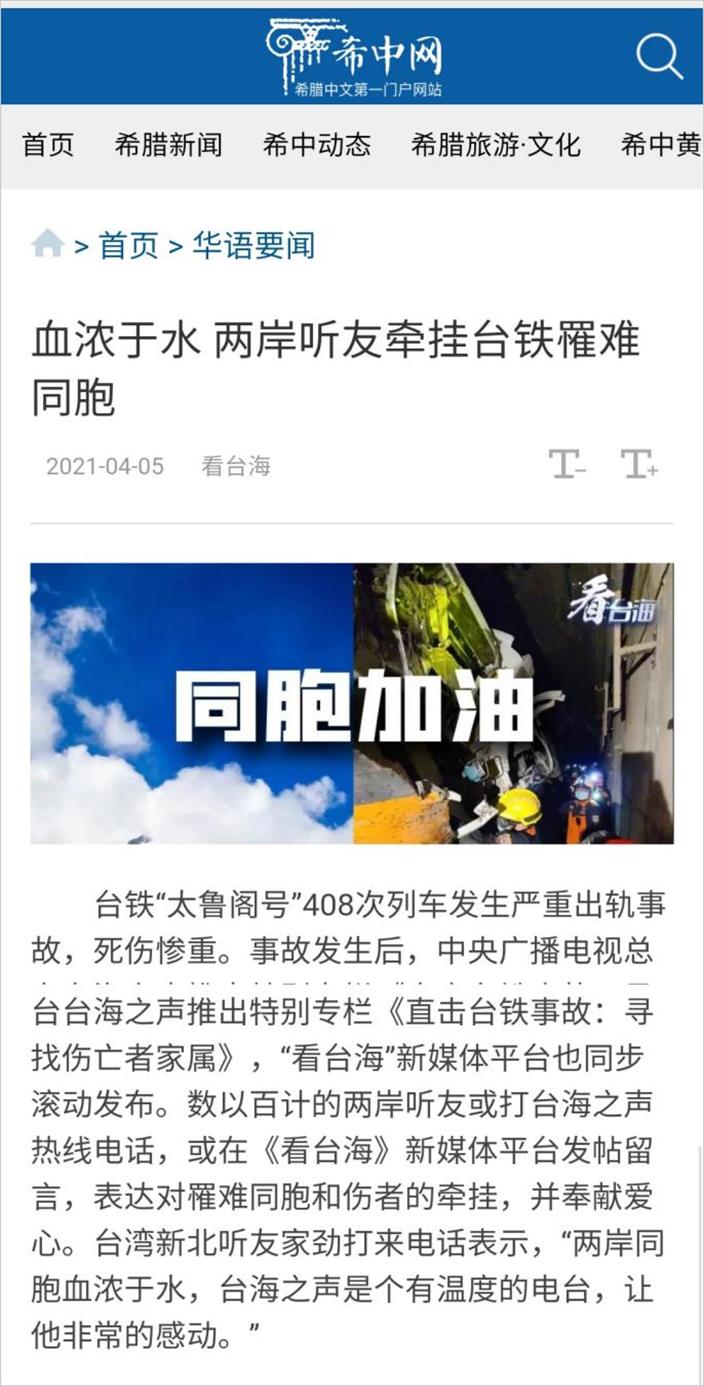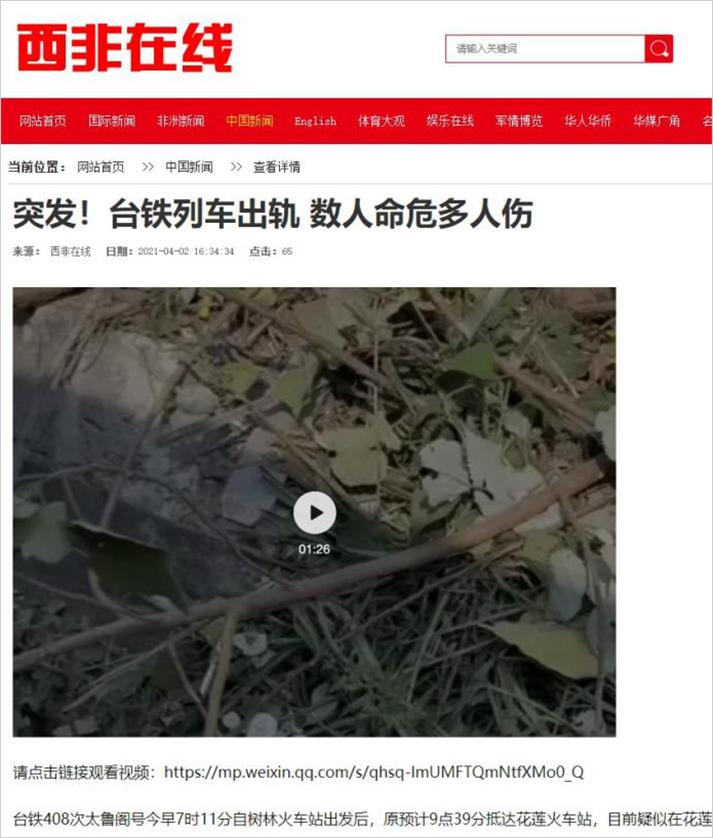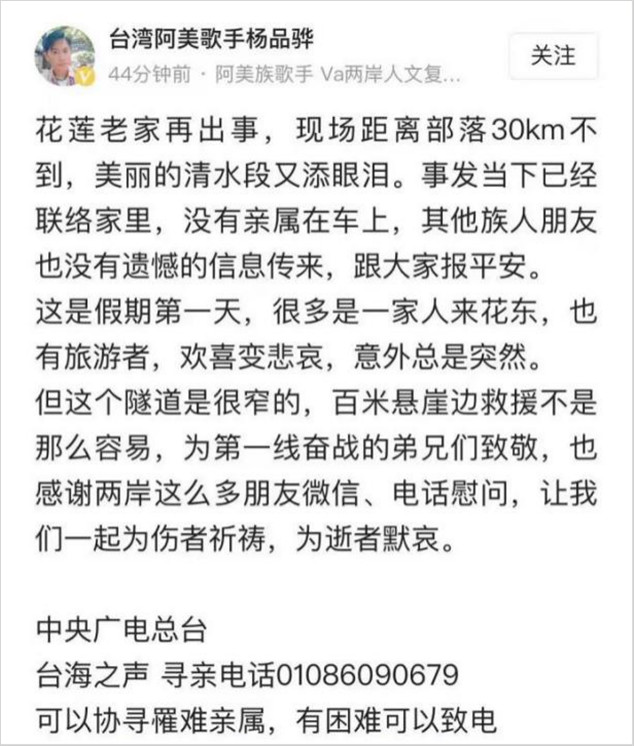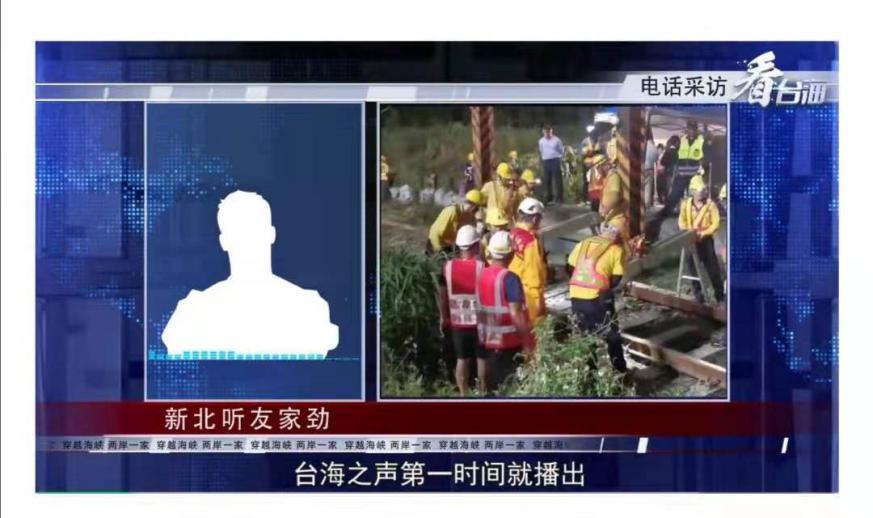Practice the ambition of serving the country with a pure heart
Liu yingshu:"Walking Textbooks" did not hesitate to conquer "Wind Volcano"
Reporter: viki.
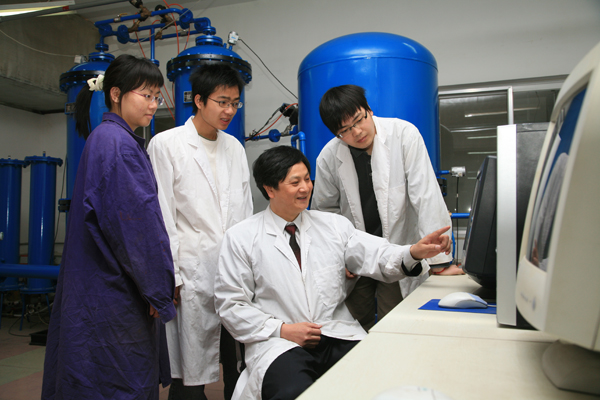
"The life of the road-building army is facing a serious threat. Can you build a large oxygen station? The headquarters and University of Science and Technology Beijing formed a joint research team to attack this new problem. Scientific and technical personnel forgot to eat and sleep, experimented day and night, and tackled key problems. After more than 200 failures, the world’s first large-scale plateau oxygen station was built! "
This is a vivid description of the fifth-grade Chinese text "Repairing the Railway to Lhasa" published by People’s Education Press. The plateau oxygen station mentioned in it was successfully developed and applied by Professor Liu Yingshu, director of the Institute of Gas Separation Engineering of University of Science and Technology Beijing, as a technical leader, and created.fiveyear15Ten thousand people built a world miracle of zero death from altitude sickness. And this is just an achievement of his major technical work for many years.
Going to the plateau and going to the laboratory, he will work more than a week when he is in his sixties next year.60Hours, I worked hard to carry out the research and development of major scientific and technological topics related to the national economy and people’s livelihood, and maintained a high-yield scientific research life year after year.
Overcoming cold and lack of oxygen makes Qinghai-Tibet Railway a miracle.
18Years ago, when undertaking the oxygen production project of the Qinghai-Tibet Railway, knowing that the site conditions were difficult and there was no precedent in the world for reference, Liu Yingshu agreed without hesitation.
In order to solve the problem of hypoxia in plateau construction, he ran at both the scene and the school. I usually have classes at school on Wednesdays, fly to Xining on Thursdays, then charter a bus to Golmud, Wudaoliang and Tuotuo River, walk along the Qinghai-Tibet Highway, and carry out oxygen-making experiments at every military station with electricity, and then rush to Beijing on Monday.
"When I arrived at Kunlun Mountain, my breath was dying; After five beams, I cried and shouted at my mother. On the wind volcano, the three souls have died. " This limerick vividly shows the harsh living environment in the local area. As the key control project of Qinghai-Tibet Railway, the full length of Fenghuoshan Tunnel is1338Meters, elevation of entrance rail surface.4905Rice, oxygen content is only in the mainland.50%The average annual temperature is below zero.sevenIt is the highest altitude and the longest permafrost tunnel in the world, and is called the forbidden zone of life.
Working in such a thin air, even if the construction workers carry oxygen tanks, it is still not enough, and they are often bored just after lifting the equipment, and the construction progress is difficult to guarantee. Looking at the painful expression of the workers’ poor breathing, facing the eyes that everyone is looking forward to, Liu Yingshu, who has been steady on campus, decided to fight, designing, doing experiments, surveying and debugging day and night.
When installing equipment at the south entrance of the tunnel, the water has been connected, but in the afternoon,threeThe heater hasn’t arrived yet. iffiveIf it doesn’t arrive before work, the temperature will drop sharply at night, and the water will be frozen. Equipment damage is one thing, and more importantly, it will delay the construction period and affect the oxygen inhalation of railway construction personnel. At this time, there is no communication equipment at the construction site, and the person in charge is in the headquarters of the north exit of the tunnel. It is necessary to take the road from the south exit to the north exit.2An hour. He was in a hurry and decided to climb the mountain and take a shortcut.
from4900Climb to the foot of the mountain5400Climbing down the top of the mountain is not as pleasant as walking on the plain. The construction team leader accompanied him. Every five or six steps, the two men had to stop to catch their breath. The lack of oxygen caused their hearts to beat and jump, and they almost felt like jumping out. But time is pressing, and they dare not rest more, so they stop and go, trying their best to catch up.fourArrive at the headquarters before 8: 00 and solve the problem of the heater. That year, he had already41Years old.
Going to the construction site for communication, field survey, equipment installation and debugging, troubleshooting … On such a business trip, he persisted for more than two years and went to the plateau for fifty or sixty times, sometimes living in a tent.twentyMany days.
did2000Multi-group working condition experiments failed.200After many times, he finally overcame the problem that the low pressure on the plateau and the temperature difference between day and night greatly affected the oxygen production system, developed the high-altitude pressure swing adsorption oxygen production technology, and successfully developed the highest-altitude wind-volcano tunnel oxygen production station in the world at that time, with the oxygen concentration reaching.92%Above, the workers who can breathe smoothly have renewed their enthusiasm.
The achievements were popularized and applied to the whole line of Qinghai-Tibet railway construction, creating15Ten thousand troops built a world miracle of zero death from altitude sickness, and the results of this project were obtained.2008National special prize for scientific and technological progress.
Go to the plateau to leave the root cause of the disease and use a ventilator every night.
The project was successful, but Liu Yingshu’s health paid a huge price. While doing scientific research and opening new courses, he was tired of lumbar disc herniation and once lay at home.twentyDon’t come to bed for many days. Later, every time he went to the plateau again, he had to go to the hospital for bonesetting massage before he could start.
What is more serious than lumbar disease is that he frequently goes in and out of the plateau without normal rest and adjustment, and the autonomic nerve is disordered, suffering from sleep apnea hypopnea syndrome.2002He fell ill for the first time in,2003When the year is serious, his sleep for one night will appear.270More than one apnea, the longest lasting nearly.oneMinutes. He had to use the ventilator, and it continues to this day, and he has to take it with him when he is on a business trip, otherwise he will be awakened, his heart will be extremely uncomfortable, and even he will suffocate and endanger his life.
Although it left an irreversible root cause, Liu Yingshu did not regret it. What he cares more about is that the project has brought huge social benefits, saved countless lives, and spread the concept of oxygen inhalation to the plateau. More and more local barracks, hotels, office buildings and other places have installed oxygen-making equipment, benefiting people.100Tens of thousands.
"People are lucky to be able to do these things all their lives. They always have to pay a little, and it is worthwhile for individuals to be wronged." Lack of oxygen leads to physical discomfort, but it can’t stop him from being full of lofty sentiments. Infected by the spirit of the builders of the Qinghai-Tibet Railway, he wrote a poem: "Holding the red day and stepping on the stars day and night, the roof of the world is in Changhong. Ice-eating style resists hypoxia, and contemporary foolish men give birth to gods. The frozen soil subgrade in the snow area is stable, and the wind and volcano pass through it. Ancient and modern Chinese and foreign romantic, only my plateau Tianluxiong! "
Important achievements concerning the national economy and people’s livelihood have come out one after another.
Lean coal is a kind of bituminous coal that can’t coke, and it is mainly used for power and civil fuel. High-quality coal for blast furnace injection is raw coal for ironmaking, and the economic value difference between them is at least more than twice. After finishing the research on the oxygen production project on the Qinghai-Tibet Plateau, Liu Yingshu did not have enough rest, and immediately devoted himself to the technical development of developing the former into the latter.
from2002Since, he has spent.fiveIn 2000, he led the research group and factory technicians to tackle key problems, and took the lead in successfully developing and popularizing complete sets of blast furnace injection technology for lean coal and lean coal, which greatly improved the optimization and appreciation of products in the coal industry and made the national resources scientifically and reasonably utilized. The research results of the project series have successively won the second prize of the National Science and Technology Progress Award.oneSpecial Prize of Scientific and Technological Progress in Shanxi Province and Coal IndustryoneItem, first prizethreeItem. Today, the research results have been widely used in industry, and the direct economic benefits exceed.200100 million yuan.
Just as the above topics are in full swing,2003When SARS hit in 2000, schools were closed and factories in other places could not go. Liu Yingshu, who rarely has a rest, didn’t relax at home. After learning that the patient24When oxygen inhalation was indispensable when he was a child, medical staff had to wear thick protective clothing and carry oxygen bottles to deliver oxygen to patients. He suddenly thought of whether a small and portable oxygen generator could be designed to reduce the burden on both doctors and patients.
He volunteered and applied for the emergency support project of the National Natural Science Foundation of China. Because of the relevant research foundation, the development was not very difficult, and soon he invented a small portable oxygen generator for patients to use alone, which solved the problem of safe oxygen use for SARS patients. Subsequently, he promoted the technology with the support of the school.
At present, the Institute of Gas Separation Engineering of University of Science and Technology Beijing has become the only center in China to research and develop the miniaturization technology of pressure swing adsorption oxygen production, forming the technical support position of the national medical health oxygen production machine industry, and laying a theoretical and technical foundation for the development and growth of the micro pressure swing adsorption oxygen production machine industry in China.
Liu Yingshu’s thinking is particularly active, and he is good at associating with real life. After completing the design of a small oxygen generator for SARS patients, he soon thought of the source of oxygen for people to breathe in a fire environment, wondering whether he could invent an instrument to directly convert carbon dioxide exhaled by the human body into oxygen.
He led the research group, aiming at the characteristics of the fire scene and the breathing needs of different people, spent a lot of effort to overcome the problems of self-circulation cooling, developed a series of products without circulating breathing equipment, and innovatively turned the "question mark" into an "exclamation point". Users can breathe through self-circulation, and can persist when they are still.oneHours, can also support when running.30Minutes, not only ensure the safety of life, but also the cost is not high, only a few hundred yuan for a piece of equipment.
At present, this series of products have become breathing equipment recognized in the field of fire protection and hazardous chemicals.2015After the explosion in Tanggu, Tianjin in, this kind of emergency respirator provided breathing and life-saving support for fire rescue workers.
In addition, in order to solve the problem of natural gas shortage in China, he carried out enrichment and purification research on coal mine gas and biogas, and applied it in Jizhong and Jixi. In terms of biological natural gas purification, he undertook the "Twelfth Five-Year Plan" country.863The key project of the plan "Research on Key Technologies of Biogas Purification" and the key project of Beijing Science and Technology Commission "Demonstration Project of Integrated Application of Biogas Technology and Equipment in Beijing-Zhangjia Area" can purify biogas from bio-fermentation to methane concentration.95%The above bio-natural gas will be used in Beijing-Zhangjiang area to promote the development and utilization of biomass energy in China and reduce greenhouse gas emissions.
Work every week60Wake up in the middle of the night thinking technology
Won the prize of scientific and technological progress achievementtwentyMore than one, including the National Science and Technology Progress Award.oneItem, the second prize of national scientific and technological progress.oneItem; Preside over and undertake major national scientific and technological research projects, national natural science foundation projects, and key projects of science, technology and industry committee for national defense.60Remaining items; Published papers300More than one article, published monograph.fourDepartment, enjoy special government allowances; Obtain a national authorized patent55Item, international leading, international advanced achievement appraisal.sixItem …
As one of the top experts in gas separation in China, Liu Yingshu has achieved fruitful results in academic research. He has no time to look back on the past. He always finishes a project and immediately throws himself into the research of new topics. His brain has been in high operation. He can maintain a high-yield trend for many years. He said that it is because he likes to ponder new problems, do scientific research, and pay attention to the development of the times and society. He always feels that there are too many problems to be solved in real life and hopes to do something practical, so he always has an interest in scientific research and keeps moving forward.
He is nearly sixty years old, but he still keeps forging ahead, working more than one week.60An hour, now I have it on handthreeA major issue, all related to the national economy and people’s livelihood. Among them, he undertook the "Thirteenth Five-Year Plan" key research and development project "Multi-pollutant Collection, Adsorption, Removal and Recycling Technology and Demonstration of Flue Gas", aiming at the problem of pollutants in flue gas, with the goal of transforming pollutants such as sulfur dioxide and nitrogen oxides in flue gas into high value-added gas products.
Originally, the project was planned to be established and processed every hour.fiveAfter seeing the interim results of the project, the factory increased its confidence and decided to expand the production line to every hour.100Ten thousand cubic meters. Being able to gain the trust of the manufacturer, he feels that the opportunity is rare and the responsibility is great. Recently, he often wakes up at two or three in the middle of the night and ponders over the technical scheme.
"If it is successfully developed, it will open up a new way of air pollution control that will bring both environmental protection benefits and economic benefits, and enterprises will change from passive environmental protection with pure investment to active environmental protection with positive returns." The pressure is temporary, and he is full of expectations for the research and development prospects. At this moment, he completely forgot his injuries, and he was as radiant as a fighter who went to the battlefield.
Like a "walking textbook", teaching for many years ranks first.5%
Liu Yingshu is not only an accomplished scientific researcher, but also a people’s teacher who cultivates talents conscientiously. He has successively won the honorary titles of Beijing’s teacher’s moral model and Beijing’s excellent teacher.
No matter how busy the scientific research work is, he always puts teaching and educating people in an important position, and he is used to attending classes in advance.15Minutes to the classroom, the average annual workload for the school professor rated workloadfiveMore than times. Almost everyone in his team received the teacher’s advice on revising the paper at two or three o’clock in the morning. From topic selection to punctuation, a paper usually needs to be revised three or five times before you can rest assured.
Vision Wei, a student, said that when catching up with the smog, the teacher would remind students to wear masks; After students graduate, teachers will still keep in close contact. From career development to introduction, he takes good care of everyone; As long as he asks questions, he will answer them at any time. "Although the teacher has already made a name for himself, he is humble and does not put on airs." Sun Ning, a student, said that he would listen to students’ feedback on the courseware patiently, revise it from time to time, innovate constantly, and would rather do research with you and produce results.
"Courtesy", "faithfulness", "diligence" and "cleanliness" are the basic requirements that Liu Yingshu put forward for graduate students, including being polite, such as letting the teacher go first when waiting for the elevator and not eating in class; Appreciate the cooperation opportunities given by others and thank each other for their trust; No matter the size of the task received, reply in time, be honest in academic work, and do not make any fraud, and be trustworthy in life; Think hard and work hard; Love to be clean, keep the laboratory clean …
The rules seem to be small, but they are mostly trivial, but they contain his endless expectations for young students, not only guiding their studies, but also teaching them the truth of doing things, because he believes that details determine success or failure. "underground capsule regulation people can support in it.sevenGod, if the data is false, he shouldn’t go into the cabin for a period of timesevenGod’s real-life experiment. ""you can go to graduate school, which means that your intelligence has reached the standard, and then whoever is diligent can make achievements. Than hard work, you can with me.PK. ""If you don’t sweep a house, why sweep the world? " "If you want to do a good job in scientific research, you must learn to give up a lot of things, and the mentality of people who do scientific research must be flat and low."
His class is very popular with students, ranking first in teaching evaluation for many years.5%. In order to create good experimental conditions for the scientific research team, he raised funds by himself and built a world-class gas separation laboratory with a value of over 10 million. Under his leadership, the members of the scientific research team grew rapidly, won many national scholarships, were rated as the top ten academic stars of University of Science and Technology Beijing, and were selected into the postdoctoral innovation program of China. After graduation, they grew into top technical soldiers in all walks of life.
The students lamented that Liu Jiaoshou was a teacher and a friend; An elder, more like a relative.2014In, Dr. Zhang Chuanzhao graduated and taught in another university, which changed the direction of professional research. When he first joined the company, he didn’t adapt to many places, and he was so nervous that he lost sleep and even lost his hair every day. When he went back to his alma mater to chat with his teacher, Liu Yingshu comforted him: "Don’t worry, work hard, man proposes, God disposes." Sometimes hard work doesn’t necessarily pay off, but it doesn’t pay off if you don’t work hard. " After that, I took out my mobile phone and showed him my recent flight records. I went to four cities on business in a week. "You see that the teacher works so hard, and the things at hand may not have good results, but the teacher is still insisting, so you have to work hard." The teacher almost said Zhang Chuanzhao’s tears in a word, which seemed to inject energy in an instant.
Energy institute2015After finishing the freshman seminar, Wang Yi, a Grade-1 student, wrote a letter to him: "Teacher Liu, I want to say thank you. Thanks to your teaching and companionship in the past six months. For freshmen, a master like you is both looking up and deeply impressed. You care for us, paying attention to knowledge and being a man, and preparing small gifts for us on Christmas Eve. By your side, like a spring breeze! " Under his guidance, Wang Yi won a national scholarship, achieved good results in competitions such as the Energy Conservation and Emission Reduction Competition, and successfully applied for graduate studies.
Liu Yingshu also pays attention to supporting young teachers. He helps young colleagues who enter the research group to set career development goals and guide them with their own experiences; He often discusses with them on scientific research direction and academic issues; He helped them to establish contact with famous overseas scholars, introduced enterprises to them, signed horizontal projects, revised project applications and solved technical problems. In recent years, the young teachers of the research group have won many high-level scientific research projects, such as the National Natural Science Foundation Youth Project, the Beijing Natural Science Foundation Project and the Postdoctoral Innovative Talents Program Project.
He said: "At our age, one of the main tasks is to build platforms and ladders for young people and pass on the scientific research tasks in our hands like a baton."
"Three-inch chalk, three-foot platform is the national luck; A heart of Dan, holding a candle to cast the soul of the people all his life. " This is Liu Yingshu, who, full of childlike innocence, practiced his ambition to serve the country, conquered one "wind volcano" after another on the road of scientific research, and became a "walking textbook" in students’ minds, explaining the meaning of "teachers’ morality" in every word and deed.
